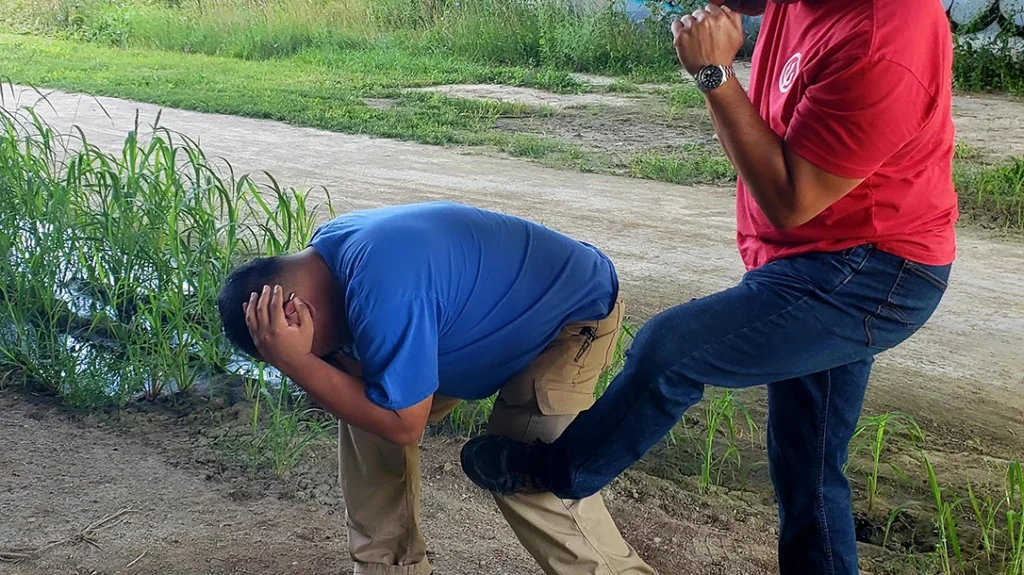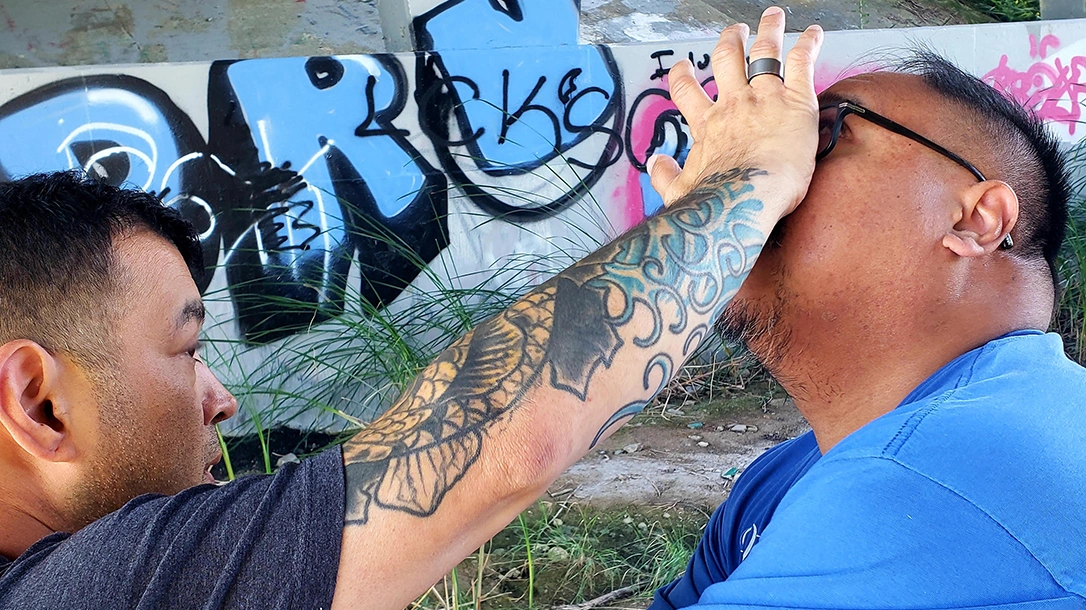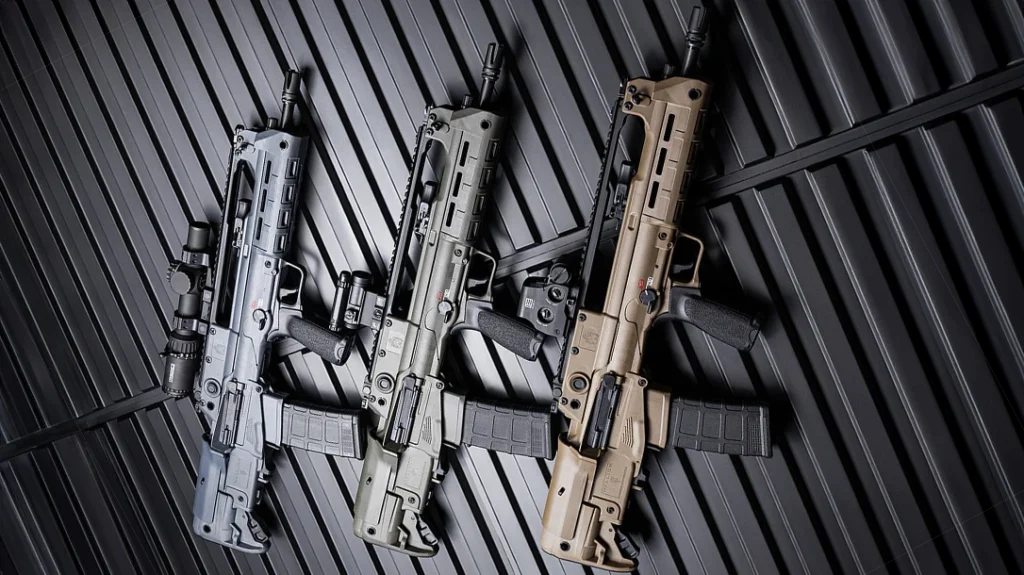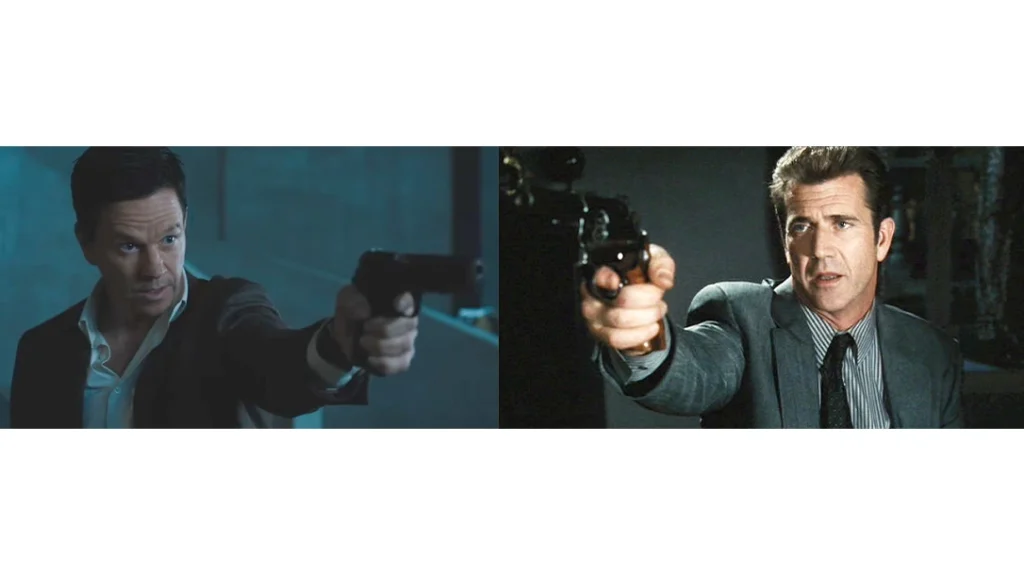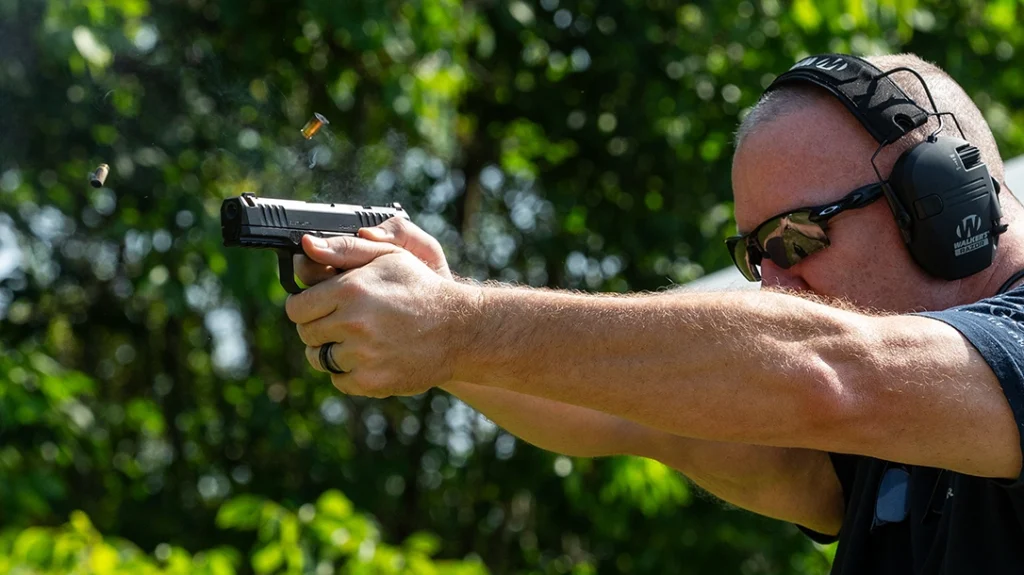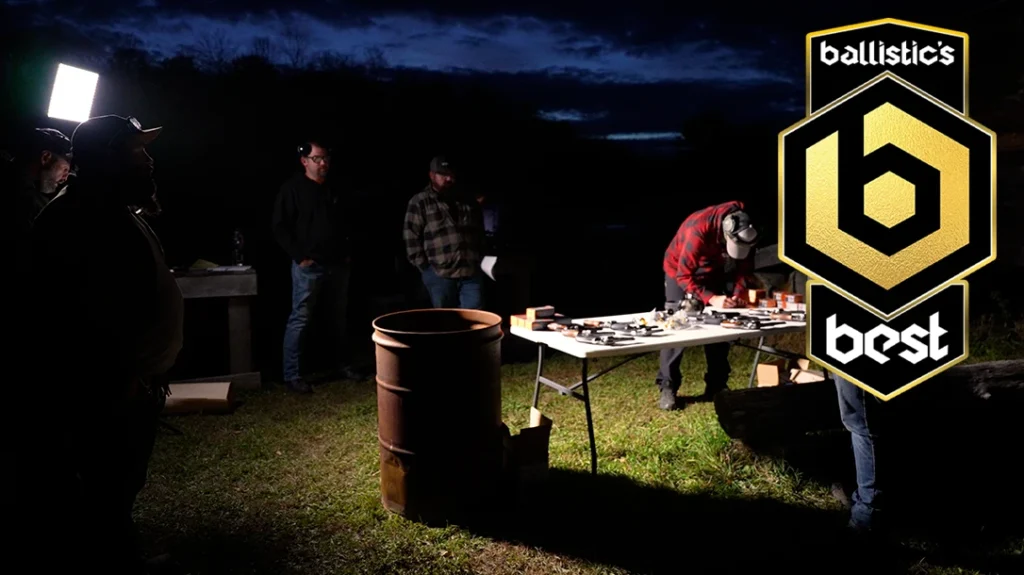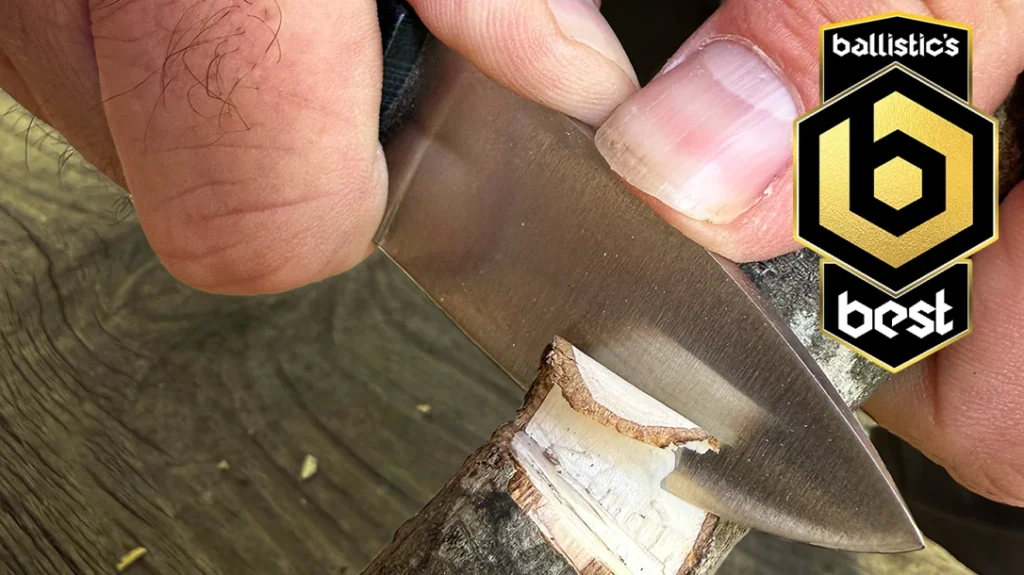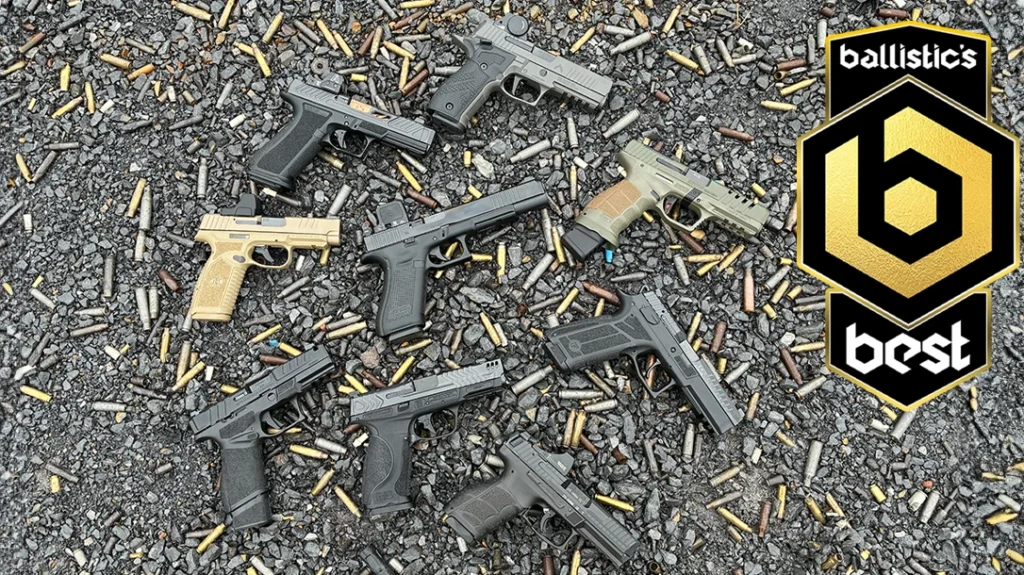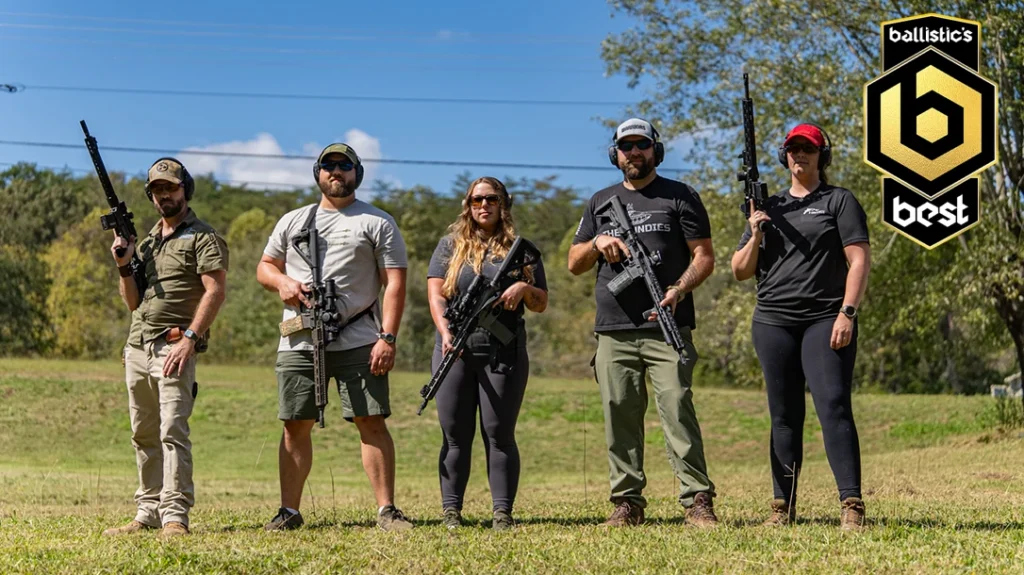Let’s talk about pressure points and vital striking areas. Can they make a difference in a fight? I am not talking about the mystical no-touch/touch-of-death stuff. Just the actual parts of the human body that hurt via pressure or strikes. There are certain areas of the body where, when a certain amount of pressure is applied, an attacker will let go. There are also certain arteries on the side of the neck that, when “Judo chopped,” cause a person to see stars.
Pressure Points and Vital Striking Areas
I have personally gotten out of headlocks and holds using pressure points. Likewise, I have used pressure points to control individuals when I worked in the security industry. In addition, I have used pressure points in groundwork. They can make a difference.
But can a pressure point end a fight? Sure, depending on where the pressure is applied. If you drive your dirty thumbnail into someone’s eye, they will most likely stop fighting.
Advertisement — Continue Reading Below
Some may say, “That’s not a pressure point. That’s an eye poke.” I personally don’t see the difference. Make no mistake, I don’t see pressure points as a fight-ender. They are just another tool in my toolbox that can be used when needed.
See, there is a lot of truth to many “martial arts things” that a lot of people call “bullshit.” That’s because these things are generally presented in a “bullshit” way.
So, in this article, I will present pressure points and vital striking areas in a very practical and useful way.
Advertisement — Continue Reading Below
What are Pressure Points?
Pressure points are generally defined as nerve attacks. However, I think any soft, sensitive spot is a pressure point.
I once met a George Dillman student and allowed him to show me a knockout touch. His knockout “touch” ended up being a couple of light hits, then a chop to the carotid arteries.
I won’t lie, I saw a little bit of stars. This is expected when you get hit with a knife hand to the side of the neck, but I didn’t drop. And it pissed me off. So, I told the guy that it was my turn, which he wanted no part of.
Advertisement — Continue Reading Below
He then backpedaled and said that he was “just a student” of George Dillman and that he could introduce me, and Mr. Dillman could show me. I declined, as I don’t have time for bullshit myself.
Now, it’s difficult to demonstrate the effectiveness of pressure points in an article. I mean, honestly, it would just be pictures of me pointing at parts of an arm and such.
The only way to learn pressure points is to feel them and then learn how to apply them on a live partner. Like grappling locks, pressure points can find their way into your hands by feel, and without looking.
Advertisement — Continue Reading Below
That being said, let’s dive into the second topic of this article—vital striking areas. Now, this topic can be easily discussed, digested, and demonstrated.
Fight Like a Doctor: Eyes, Ears, Nose, and Throat
Ok, so I penned a satire article a couple of years back for the PDW sister magazine SKILLSET on the topic of “How To Fight Like A Doctor: Eyes, Ears, Nose, and Throat.”
As with most of my Fight Club articles, the goal was to be fun bathroom humor. I think we pulled that off. However, there is nothing fun about getting throat punched or catching an open palm strike across the ear.
Advertisement — Continue Reading Below
In fact, I like ear slaps so much that there wasn’t any way I was about to write this piece without including at least one.
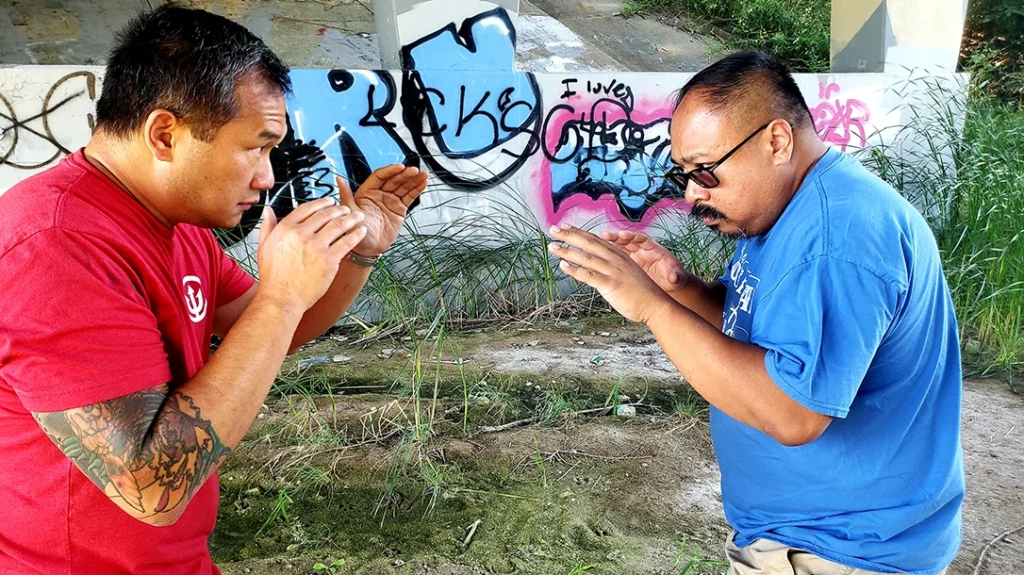
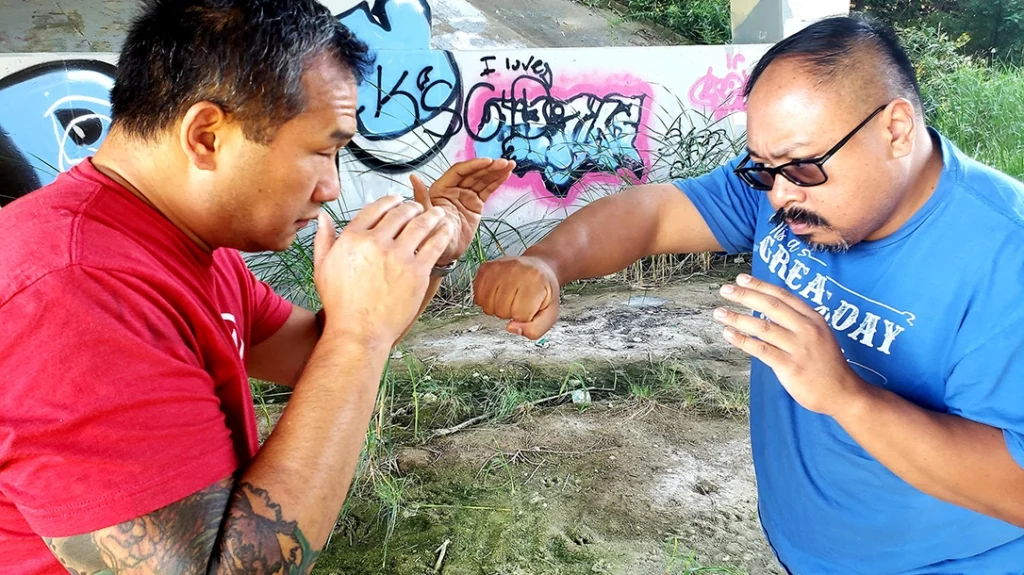
Advertisement — Continue Reading Below
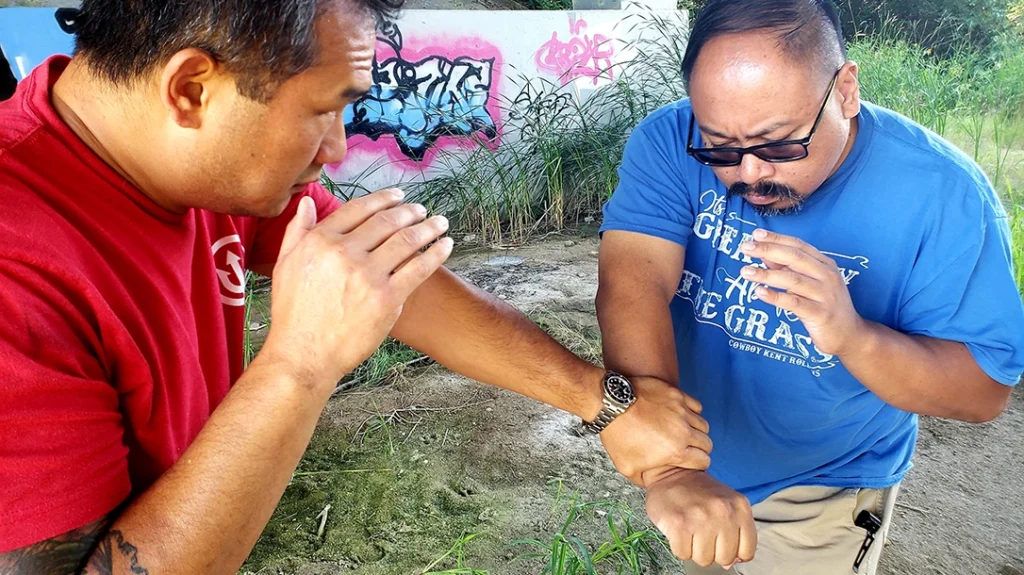
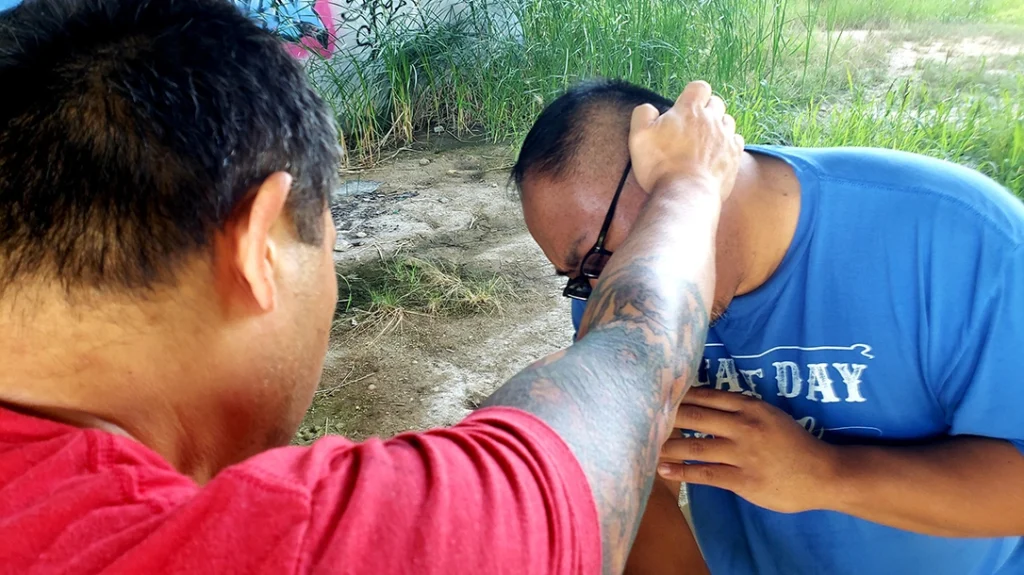
Escaping a Grab
Vital striking areas can be used to get an attacker off you when things get too close. It is a fact that we live in a grappler’s world. At minimum, some attackers feel like they can just grab you or pull you into a clinch to set up a strike or a takedown.
Advertisement — Continue Reading Below
When caught in a grab, it’s important to keep your hands up. Understand that all your targets will be above the grab—basically, you will be striking the neck and up.
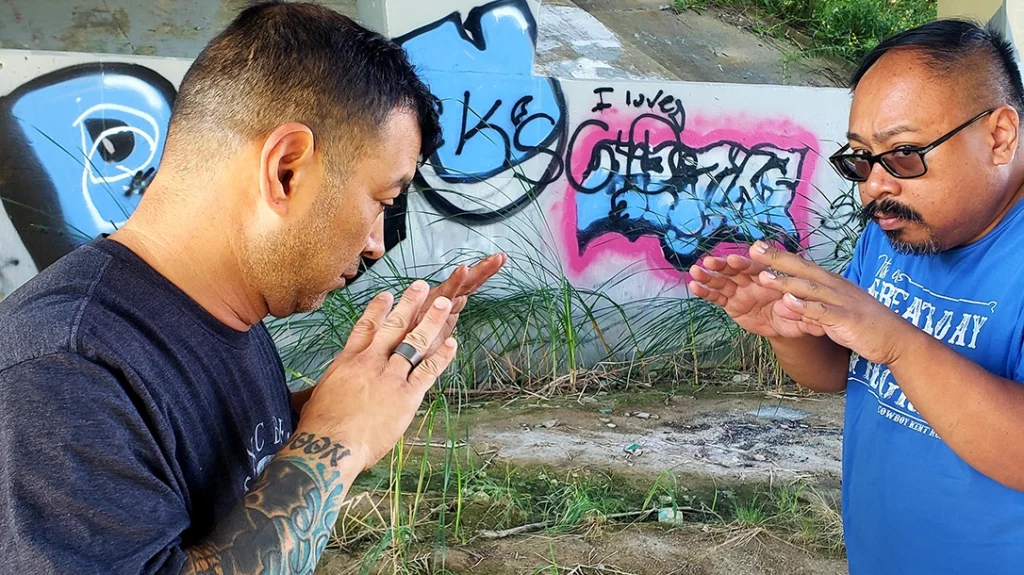
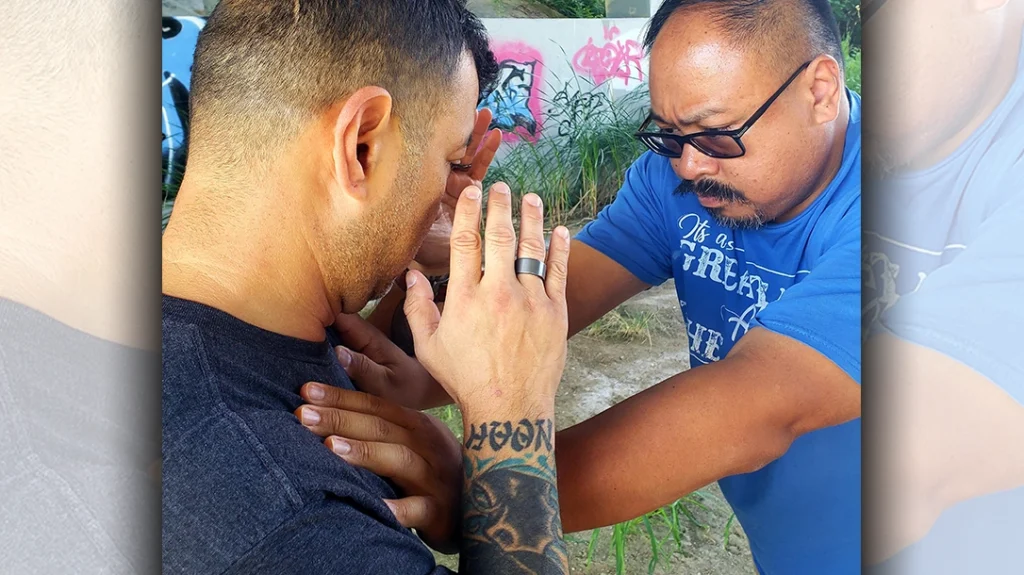
Advertisement — Continue Reading Below
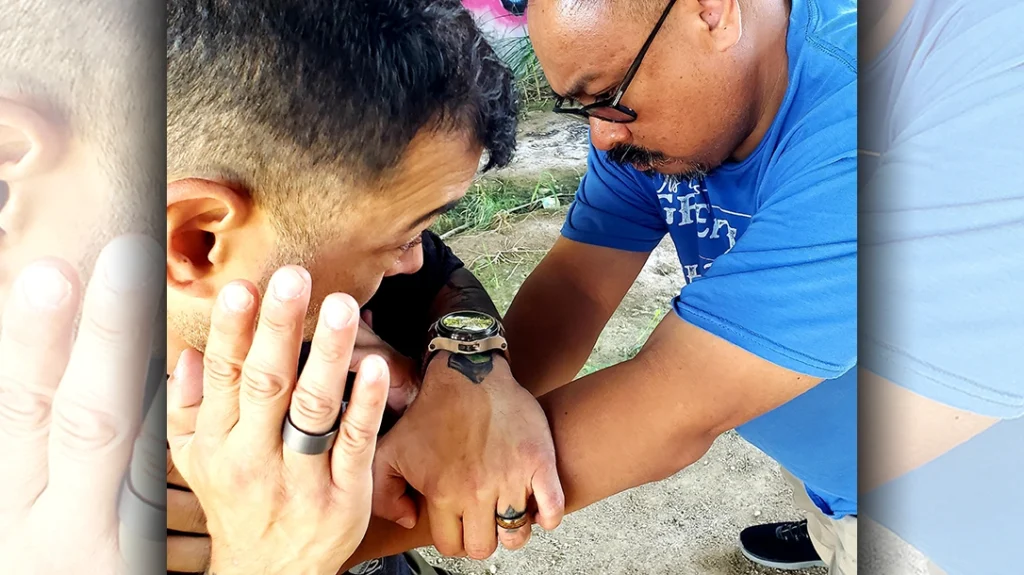
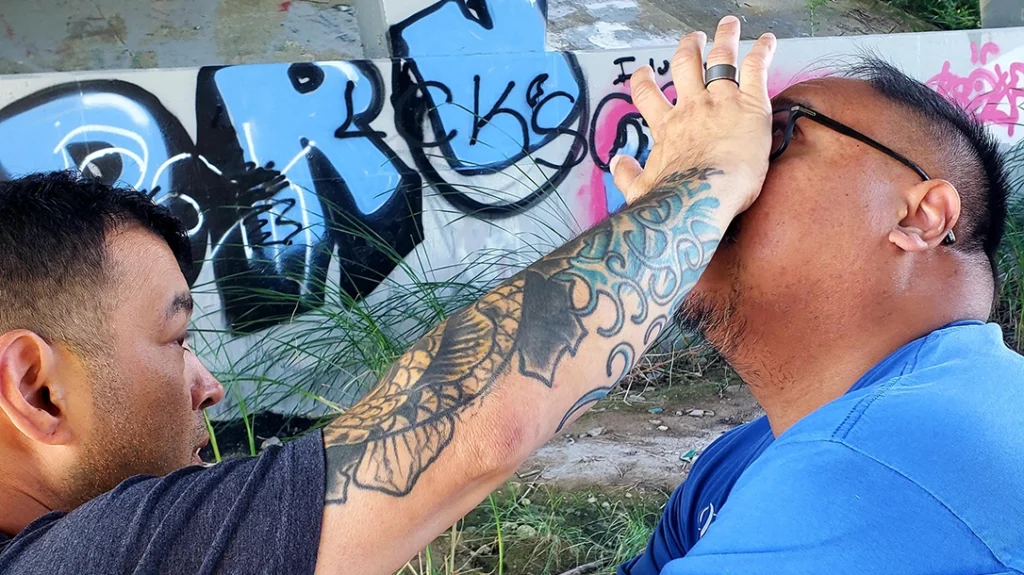
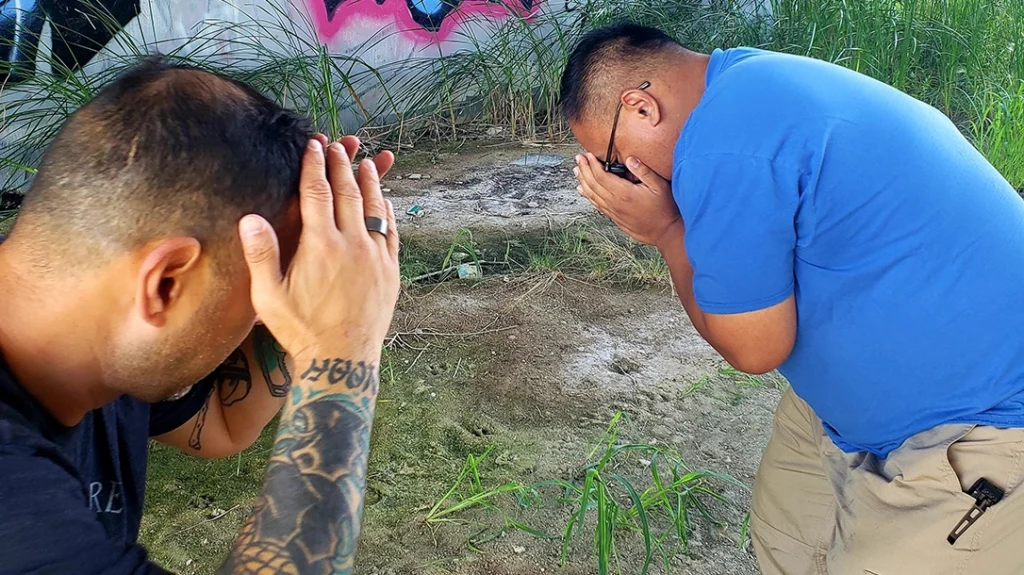
Some striking areas are much simpler and more obvious, like a strike to the temple or a kick to the knee. Maybe even a combination of both. Remember, the goal of hitting a vital striking area is to either stun or stop an attacker dead in his/her tracks.
However, never expect the fight to end just because you got a good shot in. In many cases, pressure points or vital striking areas simply set up a follow-up strike. Likewise, they may allow you to gain distance between yourself and your attacker.
Distance is Your Friend
I recently watched a self-defense video in which the instructor said to stay close so you can get a good, cheap shot, and that distance was the enemy. I can’t agree with that mindset at all. When it comes to self-defense, distance is your friend.
You want space to be able to scan everything around you. That’s hard to do when you are inches away and face-to-face with an attacker. Remember, the key words here are self-defense, not controlling a subject to make an arrest.
I don’t spend much time teaching other deadly ways to destroy anyone in a street fight. In my 30-plus-year security career, I have seen hundreds of fights. But I have only seen one person get killed in a fight.
Either way, in any fight, movement is life. That is hard to do when you are close enough to smell what the other person ate for lunch.
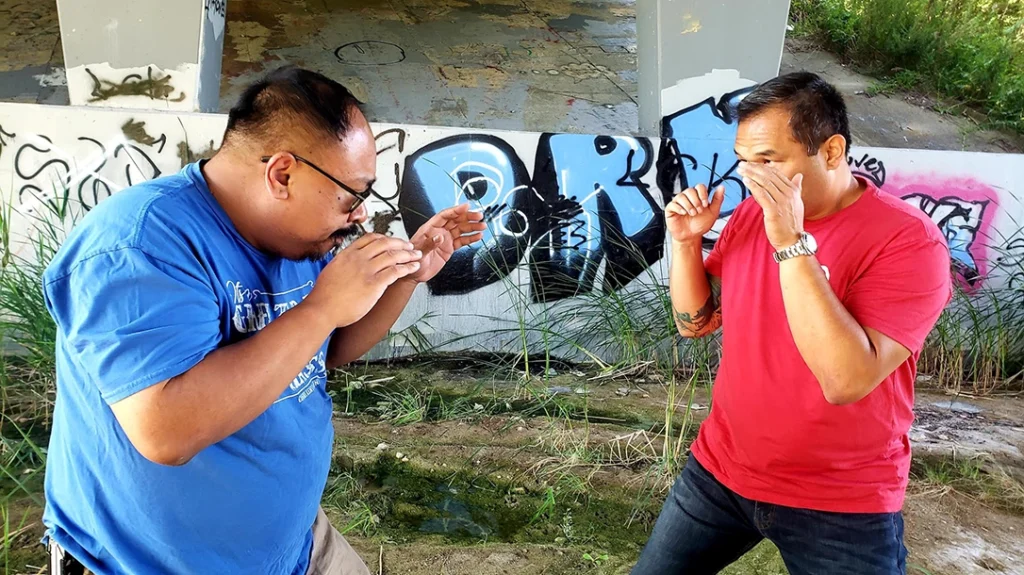
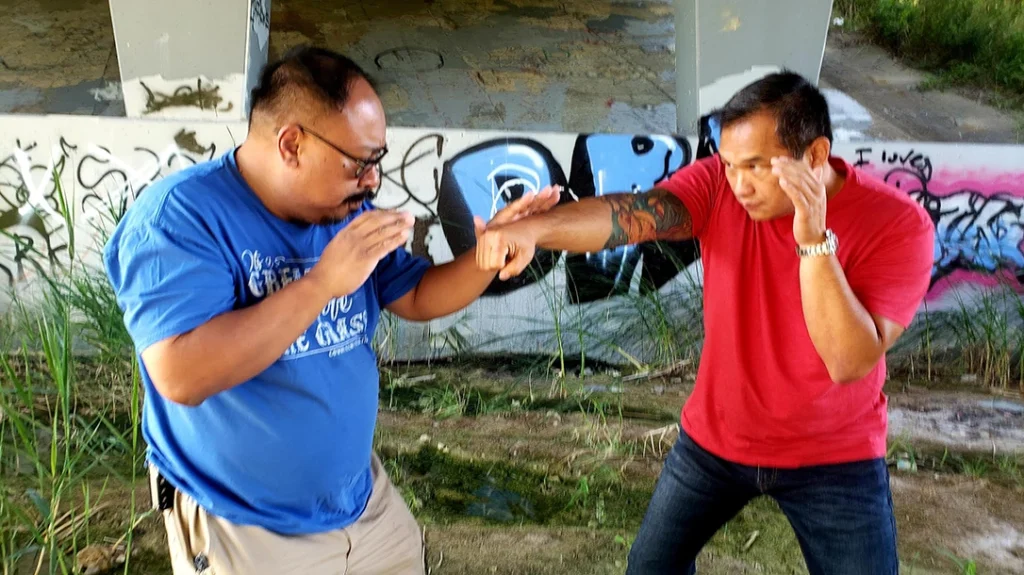
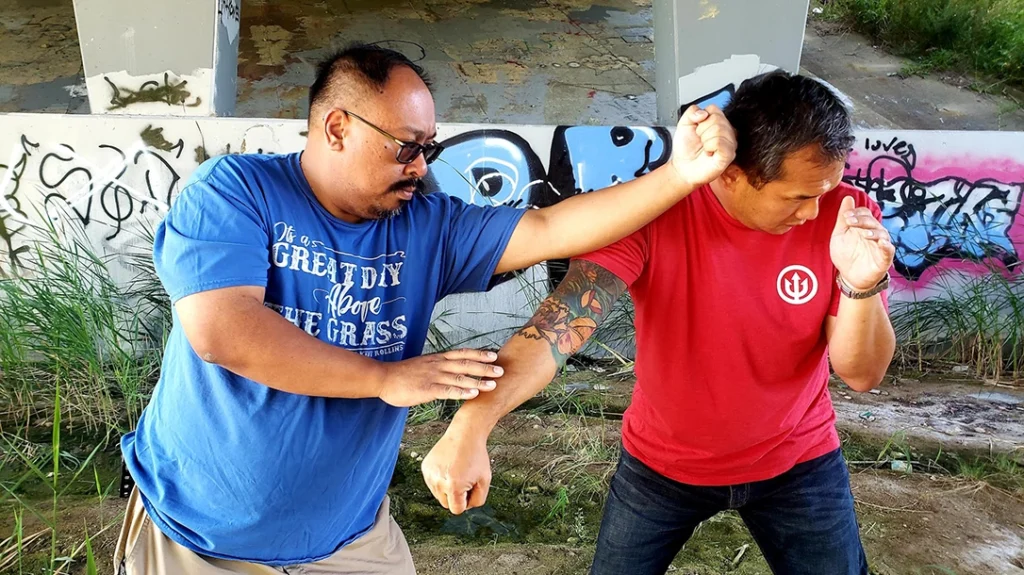
A Simple Knee Kick Can Provide Precious Seconds to Get Away
It is vitally important to be very real with yourself about your fighting abilities. Not everyone is a pro-level ring-fighting knock-out artist, and that is okay. It is also ok to not draw your firearm every time you feel threatened. You don’t always have to be a cowboy.
The simple truth is that a well-placed full-power kick to the knee can stop a fight before it starts. At the least, it allows you time to get away while your attacker is on the ground holding his knee.
